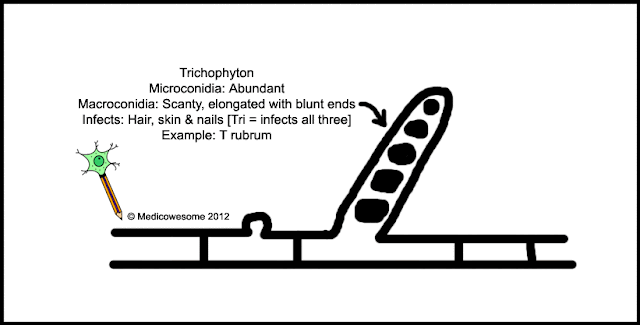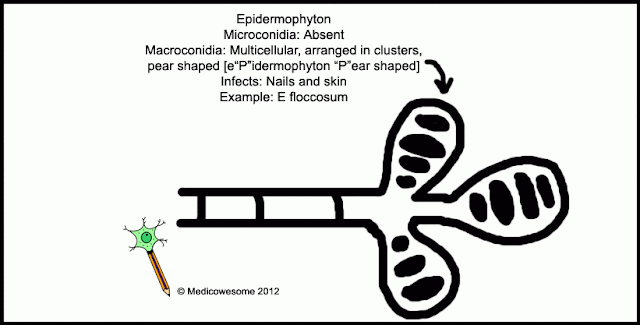Bulk forming laxatives
What are they?
They are hydrophilic colloids which are natural or semisynthetic polysaccharide or cellulose derivatives
Consists of unabsorbable cell wall
How do they act?
Bulk-producing laxatives are not digested by the body and therefore add bulk and water to the contents of the intestines
The added bulk stimulates peristalsis, moves the products of digestion through the intestine, and encourages evacuation of the stool.
In short, there is an increased luminal mass which stimulates peristalsis
Defecation usually occurs within 8 to 24 hours
But can take up to 3 days after the start of therapy for the stool to become soft and formed
Examples: Bran, Psyllium, Methyl cellulose
When are they used?
For the treatment of simple, functional constipation
Bulk-forming laxatives do not cause dependence
They reduce rectosigmoidal pressure and relieve symptoms of irritable bowel syndrome and colonic diverticulosis
May be used by patients with ileostomy and colostomy
Since there is a reduction in diverticulitis and constipation with no associated toxicity they are the laxative of choice for constipated patients ^__^
[Useful when straining of stools has to be avoided
Doesn't soften stools already present in colon or rectum]
Should be avoided in:
Gut ulcerations, adhesions & stenosis where faecal impaction is a possibility
Obstruction of the esophagus, stomach, small intestine, and colon has occurred when bulk-forming laxatives are administered without adequate fluid intake or in patients with intestinal stenosis
(The administration of a bulk-producing laxative is usually followed by an additional full glass of water)
The dry form can cause abdominal cramps
Dehydration may result if adequate water is not taken
Did you know?
Certain dietary fibres bind bile acids and promote their excretion in faeces
Degradation of cholestrol is enhanced and plasma LDL is lowered <3
That's all =)
"Foods high in bad fats, sugar and chemicals are directly linked to many negative emotions, whereas whole, natural foods rich in nutrients - foods such as fruits, vegetables, grains and legumes - contribute to greater energy and positive emotions"
Quote by Marilu Henner
-IkaN
What are they?
They are hydrophilic colloids which are natural or semisynthetic polysaccharide or cellulose derivatives
Consists of unabsorbable cell wall
How do they act?
Bulk-producing laxatives are not digested by the body and therefore add bulk and water to the contents of the intestines
The added bulk stimulates peristalsis, moves the products of digestion through the intestine, and encourages evacuation of the stool.
In short, there is an increased luminal mass which stimulates peristalsis
Defecation usually occurs within 8 to 24 hours
But can take up to 3 days after the start of therapy for the stool to become soft and formed
Examples: Bran, Psyllium, Methyl cellulose
When are they used?
For the treatment of simple, functional constipation
Bulk-forming laxatives do not cause dependence
They reduce rectosigmoidal pressure and relieve symptoms of irritable bowel syndrome and colonic diverticulosis
May be used by patients with ileostomy and colostomy
Since there is a reduction in diverticulitis and constipation with no associated toxicity they are the laxative of choice for constipated patients ^__^
[Useful when straining of stools has to be avoided
Doesn't soften stools already present in colon or rectum]
Should be avoided in:
Gut ulcerations, adhesions & stenosis where faecal impaction is a possibility
Obstruction of the esophagus, stomach, small intestine, and colon has occurred when bulk-forming laxatives are administered without adequate fluid intake or in patients with intestinal stenosis
(The administration of a bulk-producing laxative is usually followed by an additional full glass of water)
The dry form can cause abdominal cramps
Dehydration may result if adequate water is not taken
Did you know?
Certain dietary fibres bind bile acids and promote their excretion in faeces
Degradation of cholestrol is enhanced and plasma LDL is lowered <3
That's all =)
"Foods high in bad fats, sugar and chemicals are directly linked to many negative emotions, whereas whole, natural foods rich in nutrients - foods such as fruits, vegetables, grains and legumes - contribute to greater energy and positive emotions"
Quote by Marilu Henner
-IkaN














